Home>Garden Essentials>Freelance Landscape Design – How To Get Started


Garden Essentials
Freelance Landscape Design – How To Get Started
Modified: March 7, 2024
Discover how to get started with freelance landscape design, specializing in creating beautiful gardens. Unleash your passion for gardening and build a successful freelance career.
(Many of the links in this article redirect to a specific reviewed product. Your purchase of these products through affiliate links helps to generate commission for Storables.com, at no extra cost. Learn more)
Introduction
Welcome to the world of freelance landscape design! If you have a passion for gardening and an eye for design, then being a freelance landscape designer might be the perfect fit for you. Not only does it allow you to work on your terms and be your own boss, but it also gives you the opportunity to create beautiful outdoor spaces for clients.
In this article, we will guide you through the process of getting started in the freelance landscape design industry. We’ll cover everything from building your portfolio and setting your prices to finding clients and managing projects. So, if you’re ready to turn your love for gardening into a thriving freelance career, let’s dive in!
Before we jump into the nitty-gritty details, let’s take a moment to understand what freelance landscape design entails. As a freelance landscape designer, your primary role is to create outdoor spaces that are functional, aesthetically pleasing, and meet the needs and desires of your clients. This can include designing gardens, patios, walkways, and other outdoor elements.
Freelance landscape designers have the freedom to work with homeowners, businesses, or even collaborate with other professionals, such as architects or contractors, to bring their clients’ outdoor visions to life. With the right skills, creativity, and business acumen, you can carve out a successful career in this industry.
While freelance landscape design can be incredibly rewarding, it’s important to note that it requires a combination of technical knowledge, design expertise, and business skills. You must be able to communicate effectively with clients, understand their needs and preferences, and translate them into practical, visually appealing designs. Additionally, staying up to date with the latest industry trends and techniques will ensure that your work remains innovative and in-demand.
Now that you have a general understanding of what freelance landscape design entails, let’s explore the steps you can take to establish yourself in this exciting industry. From building a strong portfolio to effectively marketing your services, we’ll guide you through the journey of becoming a successful freelance landscape designer.
Ready to roll up your sleeves and put your creativity to work? Let’s get started on your freelance landscape design journey!
Key Takeaways:
- Starting a freelance landscape design business involves building a diverse portfolio, setting competitive prices, and effectively marketing your services to attract clients. Clear communication and project management skills are essential for success.
- Growing a freelance landscape design business requires refining services, strengthening online presence, and expanding professional networks. Consistently delivering exceptional work and nurturing client relationships are key to long-term success.
Read more: Landscaping: How To Start
Overview of Freelance Landscape Design
Freelance landscape design is a highly versatile and rewarding profession that allows you to create stunning outdoor spaces while enjoying the freedom and flexibility of being your own boss. As a freelance landscape designer, you have the opportunity to work on a variety of projects, ranging from small home gardens to large commercial landscapes.
One of the key advantages of freelance landscape design is the ability to work directly with clients and have a hands-on approach to every project. This level of involvement allows you to fully understand your clients’ needs, preferences, and budget constraints, ensuring that the final result aligns with their vision.
When starting out in freelance landscape design, it’s important to have a broad understanding of various landscaping principles and techniques. This includes knowledge of plant selection, hardscape design, irrigation systems, and sustainable landscaping practices. The more versatile you are in your skills and knowledge, the better equipped you will be to meet the diverse needs of your clients.
As a freelance landscape designer, you will be responsible for the entire design process, from initial concept development to final implementation. This includes conducting site visits, creating design sketches or digital renderings, selecting and sourcing materials, and coordinating with contractors and suppliers to bring the design to life.
In addition to designing outdoor spaces, freelance landscape designers are often involved in ongoing maintenance and seasonal updates for their clients’ landscapes. This can include plant care, pruning, lawn maintenance, and creating seasonal displays.
Another aspect of freelance landscape design is the opportunity to work closely with clients to create outdoor living areas that are both functional and aesthetically pleasing. This can involve designing outdoor kitchens, fire pits, seating areas, and other elements that allow clients to enjoy their outdoor spaces to the fullest.
While freelance landscape design offers immense creative freedom, it’s important to remember that it’s also a business. As a freelance landscape designer, you will need to manage your finances, handle client contracts and agreements, and market your services to attract potential clients. Building relationships and networking within the industry will play a crucial role in your success as a freelance landscape designer.
Now that you have a basic understanding of what freelance landscape design entails, let’s dive into the steps you can take to establish yourself in this exciting field. From building a portfolio to finding clients, we’ll guide you through the process of becoming a successful freelance landscape designer.
Step 1: Building a Portfolio
Building a strong portfolio is a crucial step in establishing yourself as a freelance landscape designer. Your portfolio serves as a visual representation of your skills, expertise, and design style, and it plays a key role in attracting potential clients.
When creating your portfolio, aim to showcase a diverse range of projects that highlight your abilities and demonstrate your versatility as a landscape designer. Include both residential and commercial projects, as well as examples of different design styles and themes.
Start by selecting your best work and organizing it in an easily accessible format. You can create a physical portfolio by printing high-quality photographs of your projects and placing them in a professional-looking binder. Alternatively, you can create a digital portfolio by designing a website or using online platforms specifically designed for showcasing creative work.
In addition to photographs, consider including before-and-after images to illustrate the transformation of the spaces you’ve designed. You can also include design sketches, concept drawings, and 3D renderings to showcase your design process and give potential clients a glimpse into your creative approach.
When curating your portfolio, be sure to highlight your ability to understand and meet your clients’ needs. Include descriptions of each project, emphasizing the specific challenges you faced and how you overcame them. This will not only demonstrate your problem-solving skills but also show potential clients that you can design spaces that align with their unique requirements.
Don’t forget to include testimonials or references from satisfied clients. Positive feedback and recommendations from previous clients can go a long way in instilling confidence in potential clients and showcasing your professionalism and expertise.
As you gain more experience and complete new projects, regularly update and refresh your portfolio to reflect your growth and showcase your latest work. Consider including a variety of project types, design styles, and landscape elements to showcase your versatility and expertise.
Lastly, remember that your portfolio is not just a collection of images; it’s an opportunity to tell a story. Highlight your design philosophy, the inspiration behind each project, and the unique aspects that set your work apart. Use your portfolio to convey your passion, creativity, and commitment to delivering exceptional landscape design.
By investing time and effort into building a strong portfolio, you’ll be able to showcase your skills and expertise to potential clients and differentiate yourself from other freelance landscape designers. A visually appealing and well-curated portfolio will help you make a lasting impression and increase your chances of securing new clients.
Step 2: Setting Your Prices and Rates
Setting your prices and rates as a freelance landscape designer is an important aspect of running a successful business. It’s crucial to find a balance that reflects the value of your services while remaining competitive in the market.
When determining your pricing structure, consider factors such as your level of experience, your expertise, the complexity of the projects you work on, and the local market conditions. It’s essential to understand the industry standards and average rates for landscape design services in your area.
One common approach to pricing is to charge an hourly or daily rate. Calculate your expenses, including overhead costs, materials, and the time you invest in each project. Add a markup percentage to cover your profit margin. This approach allows you to have a clear understanding of the cost incurred for every project and ensures that you are adequately compensated for your time and expertise.
An alternative pricing method is to charge a flat fee for each project. This method can provide clarity and transparency for clients but requires careful estimation of the time and resources required for each specific project. Consider factors such as project size, complexity, and the level of detail involved in the design to determine an appropriate flat fee.
Another option is to offer packages or tiered pricing, allowing clients to choose from different levels of service based on their budget and needs. This approach can be beneficial for attracting a wider range of clients, but make sure that the pricing structure is clearly communicated and justified based on the scope of work included in each package.
When discussing pricing with clients, it’s important to be transparent and confident in expressing the value of your services. Clearly outline what is included in your pricing, such as concept development, design drawings, site visits, and any additional services you provide. Communicate the benefits that clients will receive from working with you, such as personalized attention, expertise, and a unique design tailored to their specific requirements.
Regularly review and re-evaluate your pricing structure as you gain experience and your reputation grows. As you build a strong portfolio and establish a positive track record, you may be able to adjust your rates to reflect your increased expertise and the value you bring to your clients.
Lastly, be prepared to negotiate your pricing, especially when working with larger or commercial clients. Understand the client’s budget and objectives, and be open to finding a solution that meets their needs while ensuring a fair compensation for your services.
Remember that pricing is not set in stone, and it’s essential to stay flexible and adapt to market fluctuations and client demands. Regularly assess your pricing structure to ensure it remains competitive and aligns with your business goals.
By setting your prices and rates strategically, you can establish your value in the freelance landscape design industry while attracting and retaining clients who recognize and appreciate the quality of your work.
Step 3: Marketing and Networking
Effective marketing and networking are key to growing your freelance landscape design business. By implementing strategic marketing strategies and building a strong professional network, you can increase your visibility, attract potential clients, and establish yourself as a reputable landscape designer.
Start by creating a compelling brand for your freelance landscape design business. This includes designing a logo, developing a professional website, and creating cohesive and visually appealing marketing materials. Your brand should reflect your unique style and expertise, and convey a sense of professionalism and trustworthiness.
Utilize online platforms and social media to showcase your work and connect with potential clients. Create professional profiles on platforms such as LinkedIn, Houzz, and Instagram, and regularly update them with your latest projects, design tips, and industry insights. Engage with your audience by responding to comments and inquiries promptly, and actively seek opportunities to collaborate with other professionals in the field.
Consider investing in search engine optimization (SEO) techniques to improve your website’s visibility in search engine rankings. This can include optimizing your website’s content with relevant keywords, creating informative blog posts, and generating backlinks from reputable websites. SEO can help potential clients find you when they search for landscape design services in your area.
Networking is also a vital component of marketing your freelance landscape design business. Attend industry conferences, trade shows, and local events to connect with other professionals, potential clients, and suppliers. Join professional organizations and consider becoming a member of local business associations to expand your network and gain valuable insights into the industry.
Another effective marketing strategy is to offer your expertise through writing articles or guest blogging for gardening or home improvement websites. This can help establish you as an authority in the field and increase your visibility among your target audience. Additionally, consider hosting workshops or giving presentations at local community centers or gardening clubs to showcase your knowledge and attract potential clients.
Word-of-mouth marketing can be incredibly powerful in the landscape design industry. Encourage satisfied clients to leave reviews and testimonials, and ask for referrals. Offer incentives for clients who refer new customers to you, such as discounts on future projects or free design consultations.
Lastly, consider partnering with other professionals in complementary fields, such as architects, real estate agents, or contractors. Establishing strategic partnerships can lead to referrals and collaborations that can benefit both parties.
Consistency is key when it comes to marketing and networking. Establish a consistent online presence, regularly update your portfolio and website, and actively engage with your audience. By implementing effective marketing strategies and building a strong professional network, you’ll increase your visibility, attract potential clients, and position yourself as a trusted and sought-after freelance landscape designer.
Start by building a strong portfolio showcasing your design skills. Offer to do small projects for friends or family to gain experience and create a professional online presence to attract potential clients.
Read more: When To Start Landscaping
Step 4: Finding Clients
Finding clients is essential for the success and growth of your freelance landscape design business. While it may seem daunting at first, with the right strategies and a proactive approach, you can attract clients who value your expertise and are eager to work with you.
One of the most effective ways to find clients is through referrals. Encourage satisfied clients to recommend your services to their friends, family, and colleagues. Word-of-mouth recommendations carry significant weight and can lead to a steady stream of new clients.
Networking plays a crucial role in finding clients. Attend industry events, join professional organizations, and participate in local business associations to connect with other professionals who may refer clients to you. Establishing relationships with architects, contractors, and real estate agents can be particularly beneficial, as they often work closely with clients who may require landscape design services.
In addition to networking, leverage the power of online platforms to find clients. Create a professional website with a portfolio of your work and clear information about your services. Utilize social media platforms, such as Instagram and Facebook, to showcase your projects and engage with potential clients. Actively participate in relevant online communities and forums to establish yourself as an industry expert and attract clients who are seeking landscaping services.
Consider offering a free initial consultation to potential clients. This not only establishes trust and demonstrates your expertise but also provides an opportunity to understand their needs and present your design ideas. Use this consultation to showcase your past work, discuss your design process, and emphasize the value you bring to their project.
Another avenue for finding clients is through online marketplaces and job boards specifically tailored to the freelance industry. Websites like Upwork, Freelancer, and Thumbtack allow clients to post projects and browse profiles of freelance landscape designers. Creating a compelling profile and submitting thoughtful proposals can help you stand out and secure new clients.
Don’t underestimate the power of traditional marketing methods. Invest in well-designed business cards and leave them at local nurseries, home improvement stores, and community bulletin boards. Consider placing ads in local newspapers, magazines, or online publications that cater to your target audience. Collaborate with complementary businesses, such as garden centers or outdoor furniture stores, for joint marketing efforts.
Lastly, establish a referral program that incentivizes clients to refer new customers to you. Offer discounts or bonuses for successful referrals, and consider establishing partnerships with businesses that cater to a similar target audience.
Remember that finding clients is an ongoing process. Be proactive, consistent, and patient. Build your reputation through exceptional work, positive client experiences, and consistent marketing efforts. With time, you’ll attract a network of satisfied clients who will not only bring repeat business but also refer you to others.
By implementing a combination of proven strategies, including referrals, networking, online presence, and traditional marketing methods, you can successfully find clients and grow your freelance landscape design business.
Step 5: Managing Projects
Effective project management is crucial for the success of your freelance landscape design business. Managing projects efficiently ensures that you deliver high-quality work on time and within budget, resulting in satisfied clients and a strong reputation. Here are some key steps to help you navigate the project management process:
1. Establish Clear Communication: From the initial client consultation to the final project delivery, maintaining clear and open communication with your clients is essential. Understand their needs, expectations, and budget constraints from the start. Regularly update them on the progress of the project and address any concerns or changes promptly.
2. Conduct Site Analysis: Before diving into the design process, conduct a thorough site analysis. Evaluate the existing landscape, consider factors such as soil quality, drainage, sun exposure, and surrounding elements. This analysis will inform your design decisions and help you create a tailored and functional outdoor space.
3. Develop a Comprehensive Design Plan: Create a detailed design plan that incorporates your clients’ vision, aesthetics, and functional requirements. Include elements such as plant selection, hardscape design, lighting, and irrigation systems. Consider environmental sustainability and incorporate eco-friendly practices whenever possible.
4. Manage Documentation: Keep track of all documentation related to the project, including contracts, design drawings, permits, and any change orders. This will help ensure a smooth workflow and enable you to address any disputes or issues that may arise during the course of the project.
5. Coordinate with Contractors and Suppliers: If the project requires the involvement of other professionals or suppliers, such as construction contractors or nursery providers, establish clear lines of communication and coordinate their activities to ensure a seamless workflow. Regularly check in with them to ensure that project timelines are being met.
6. Monitor Project Progress: As the project progresses, regularly assess and monitor its progress to identify any potential challenges or deviations from the original plan. Make adjustments as necessary to ensure that the project stays on track and meets the agreed-upon timelines and budget.
7. Address Change Requests: Clients may request changes or additions to the project scope during its course. Listen to their requests and assess the feasibility and impact of these changes on the overall project. Communicate any necessary adjustments to the timeline or budget, and only proceed with changes after obtaining client approval.
8. Quality Control and Final Walkthrough: Conduct a thorough quality control assessment to ensure that the project meets your high standards. Schedule a final walkthrough with the client, explaining the features of the completed project and offering guidance on its ongoing maintenance.
9. Provide Ongoing Support: Even after the project is completed, continue to support your clients by offering guidance on plant care, maintenance, and seasonal updates. This will strengthen your client relationships and encourage positive word-of-mouth referrals.
Remember, effective project management requires a combination of technical skills, organization, and clear communication. By staying organized, managing client expectations, and delivering quality work, you will ensure the success and satisfaction of both your clients and your business.
Step 6: Building Your Reputation
Building a strong reputation is vital for the long-term success of your freelance landscape design business. A positive reputation not only attracts new clients but also leads to repeat business and word-of-mouth referrals. Here are some steps to help you build and maintain a stellar professional reputation:
1. Exceed Client Expectations: Consistently strive to exceed your clients’ expectations. Deliver high-quality work, pay attention to detail, and go the extra mile to ensure customer satisfaction. By consistently delivering exceptional results, you will earn the trust and loyalty of your clients.
2. Maintain Clear Communication: Clear and open communication is key to maintaining a positive reputation. Be proactive in keeping clients informed about project progress, timelines, and any changes that may arise. Respond promptly to their inquiries and address any concerns they may have.
3. Demonstrate Professionalism: Conduct yourself in a professional manner at all times. This includes dressing appropriately for client meetings, being punctual, and respecting client property and privacy. Show respect and professionalism in your interactions with clients and other professionals in the industry.
4. Showcase Your Expertise: Demonstrate your expertise by staying up to date with the latest trends, techniques, and industry knowledge. Regularly attend conferences, workshops, and training sessions to expand your skills and knowledge. Share your insights and expertise through blog posts, social media content, and industry publications.
5. Build Strong Relationships: Nurturing strong relationships with clients, suppliers, and other professionals in the industry is essential. Foster positive connections through regular communication, delivering on your promises, and treating others with respect. Building a network of trusted contacts can lead to referrals and collaborative opportunities.
6. Request Testimonials and Reviews: Satisfied clients are often happy to provide testimonials or write reviews about their positive experiences working with you. Request these testimonials and reviews and showcase them on your website and social media platforms. Positive reviews serve as social proof and can greatly influence potential clients’ decision to work with you.
7. Be Active in the Community: Get involved in your local community by volunteering your services for community improvement projects or local gardening events. Participate in local garden clubs, horticultural societies, or industry associations. Establish yourself as a respected member of the community and industry.
8. Continuously Improve and Innovate: Stay current with industry trends, emerging technologies, and design techniques. Embrace innovation and integrate sustainable practices into your work. By continuously improving and staying at the forefront of the industry, you will set yourself apart from competitors and enhance your reputation as a knowledgeable and forward-thinking landscape designer.
9. Handle Challenges Professionally: Inevitably, challenges or conflicts may arise during projects. Handle these situations professionally and proactively. Address any issues promptly, seek solutions that prioritize client satisfaction, and resolve conflicts in a respectful and fair manner. How you handle challenges can significantly impact your reputation and client perception.
Remember, building a strong reputation takes time and consistent effort. By consistently delivering exceptional work, maintaining clear communication, and fostering positive relationships, you will establish yourself as a reliable and reputable freelance landscape designer.
Step 7: Grow Your Freelance Landscape Design Business
Once you have established a solid foundation for your freelance landscape design business, it’s time to focus on growth. Expanding your client base, increasing your revenue, and taking your business to the next level requires strategic planning and proactive actions. Here are some steps to help you grow your freelance landscape design business:
1. Refine Your Services: Evaluate your current service offerings and consider how you can expand or refine them to meet the evolving needs of your target market. Identify any gaps in your services and determine how you can fill them. Offering additional services such as landscape maintenance, seasonal updates, or virtual design consultations can attract new clients and increase revenue streams.
2. Develop a Marketing Strategy: Take your marketing efforts to the next level by developing a comprehensive marketing strategy. Identify your target audience and tailor your marketing messages and channels accordingly. Utilize a mix of online and offline marketing tactics, including social media marketing, search engine optimization (SEO), email marketing, and targeted advertising to reach a wider audience.
3. Set Revenue Goals: Set clear revenue goals and create a plan to achieve them. This may include increasing your rates, securing larger projects, or expanding into new markets or target demographics. Regularly assess your financials and adjust your strategies as needed to stay on track towards your revenue goals.
4. Strengthen Your Online Presence: Continually improve and update your online presence to attract new clients and showcase your expertise. Regularly update your website and portfolio, create educational blog posts or videos on relevant topics, and engage with your audience on social media platforms. Consider investing in online advertising or partnering with influencers in the home improvement or gardening niche to expand your reach.
5. Collaborate with Other Professionals: Seek opportunities to collaborate with other professionals in complementary fields. Partner with architects, contractors, interior designers, or real estate agents to expand your network and tap into new client bases. Cross-promote each other’s services and build mutually beneficial relationships that can lead to referrals and new project opportunities.
6. Invest in Continuing Education: Stay updated with the latest industry trends, design techniques, and technologies by investing in continuing education. Attend relevant workshops, seminars, and conferences to enhance your skills and knowledge. Certifications or specialized training can also help you stand out in the industry and attract clients who value expertise and professionalism.
7. Leverage Customer Referrals: Existing clients can be a valuable source of referrals. Encourage satisfied clients to refer you to their friends, family, or colleagues by offering incentives or rewards. Ensure that you consistently deliver exceptional service and maintain positive relationships with clients to maximize the potential for referrals.
8. Expand Your Network: Network strategically to broaden your connections and access new opportunities. Attend industry events, join professional organizations, and participate in local business associations. Engage in conversations, build relationships, and explore collaboration possibilities with other professionals in the industry.
9. Streamline Your Processes: Continually review and streamline your business processes to increase efficiency and productivity. Identify areas where you can automate or delegate tasks to free up more time for client work or business growth activities. This will allow you to take on more projects, manage your workload effectively, and focus on growing your business.
Growing your freelance landscape design business requires a combination of strategic planning, ongoing marketing efforts, and continuous improvement. By refining your services, strengthening your online presence, and expanding your professional network, you can attract more clients, increase revenue, and take your business to new heights.
Read more: How To Start A Landscaping Business In Texas
Conclusion
Congratulations on completing the journey to establishing and growing your freelance landscape design business! Through the steps outlined in this article, you’ve learned how to build a strong portfolio, set your prices, market your services, find clients, manage projects, build your reputation, and ultimately grow your business.
As a freelance landscape designer, you have the unique opportunity to create stunning outdoor spaces that enhance the lives of your clients. Your passion for gardening and design, coupled with your business acumen, will guide you on the path to success.
Remember, building a successful freelance career in landscape design requires dedication, continual learning, and a commitment to delivering exceptional results. Stay up to date with industry trends and techniques, continuously refine your skills, and maintain open communication with your clients.
Invest time in building your professional network and nurturing relationships with other industry professionals. Collaborations and referrals can be invaluable in growing your client base and expanding your reach.
Never underestimate the power of your reputation. Word-of-mouth referrals and positive online reviews can greatly impact your business. Strive to exceed client expectations, maintain professionalism, and consistently deliver high-quality work.
As your business grows, it’s important to regularly evaluate and adjust your strategies to adapt to market trends and changes in client preferences. A proactive and flexible approach is key to sustaining and expanding your success over the long term.
Lastly, keep fueling your passion for the industry. Continually seek inspiration, explore new design concepts, and embrace innovation. Your creativity and expertise are what set you apart and attract clients who are seeking unique and personalized outdoor spaces.
With the knowledge and skills you have acquired, along with your passion and dedication, you are well-equipped to thrive in the freelance landscape design industry. So go out there, confidently showcase your talent, and create breathtaking outdoor spaces that leave a lasting impact on your clients and the world around you.
Frequently Asked Questions about Freelance Landscape Design - How To Get Started
Was this page helpful?
At Storables.com, we guarantee accurate and reliable information. Our content, validated by Expert Board Contributors, is crafted following stringent Editorial Policies. We're committed to providing you with well-researched, expert-backed insights for all your informational needs.

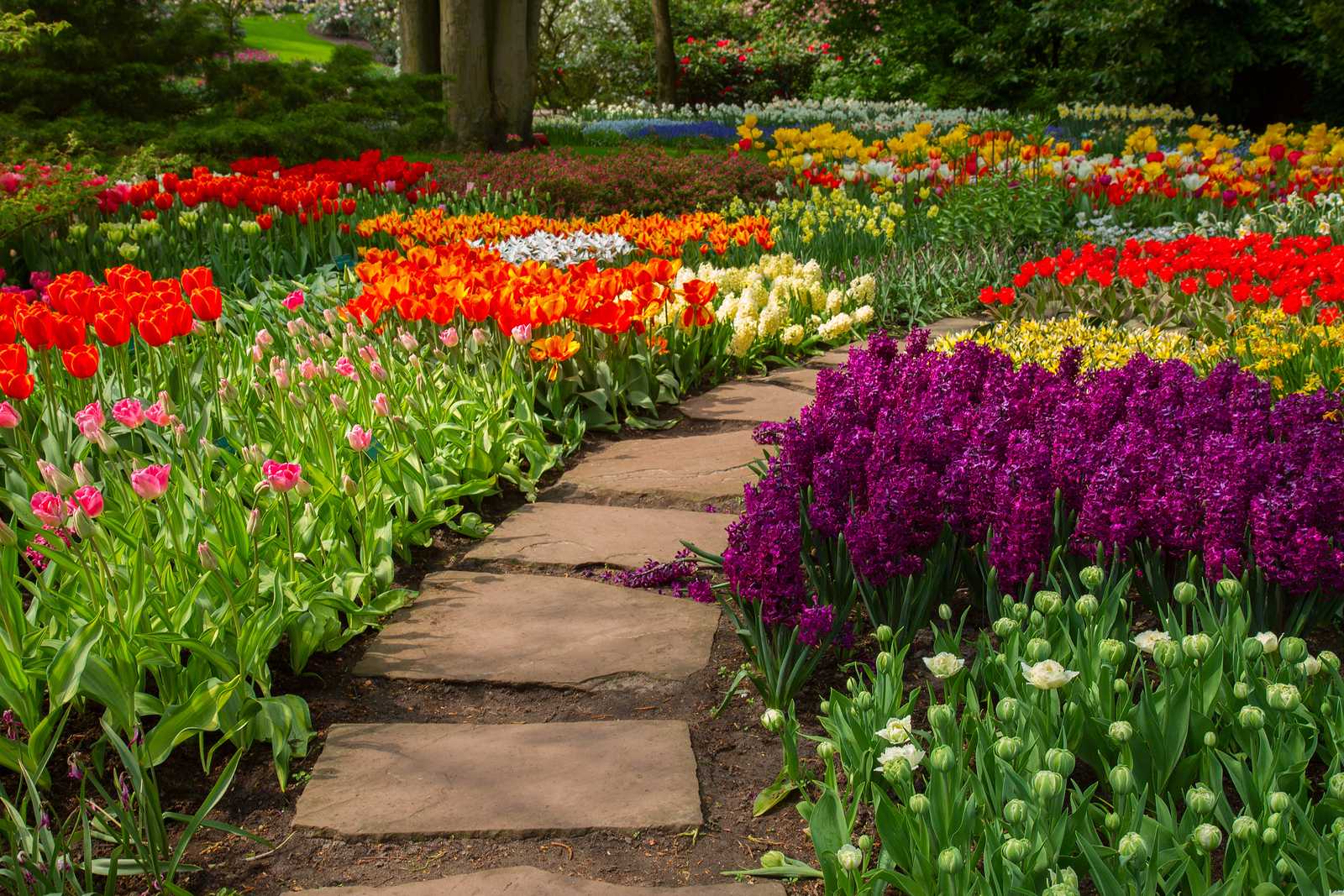
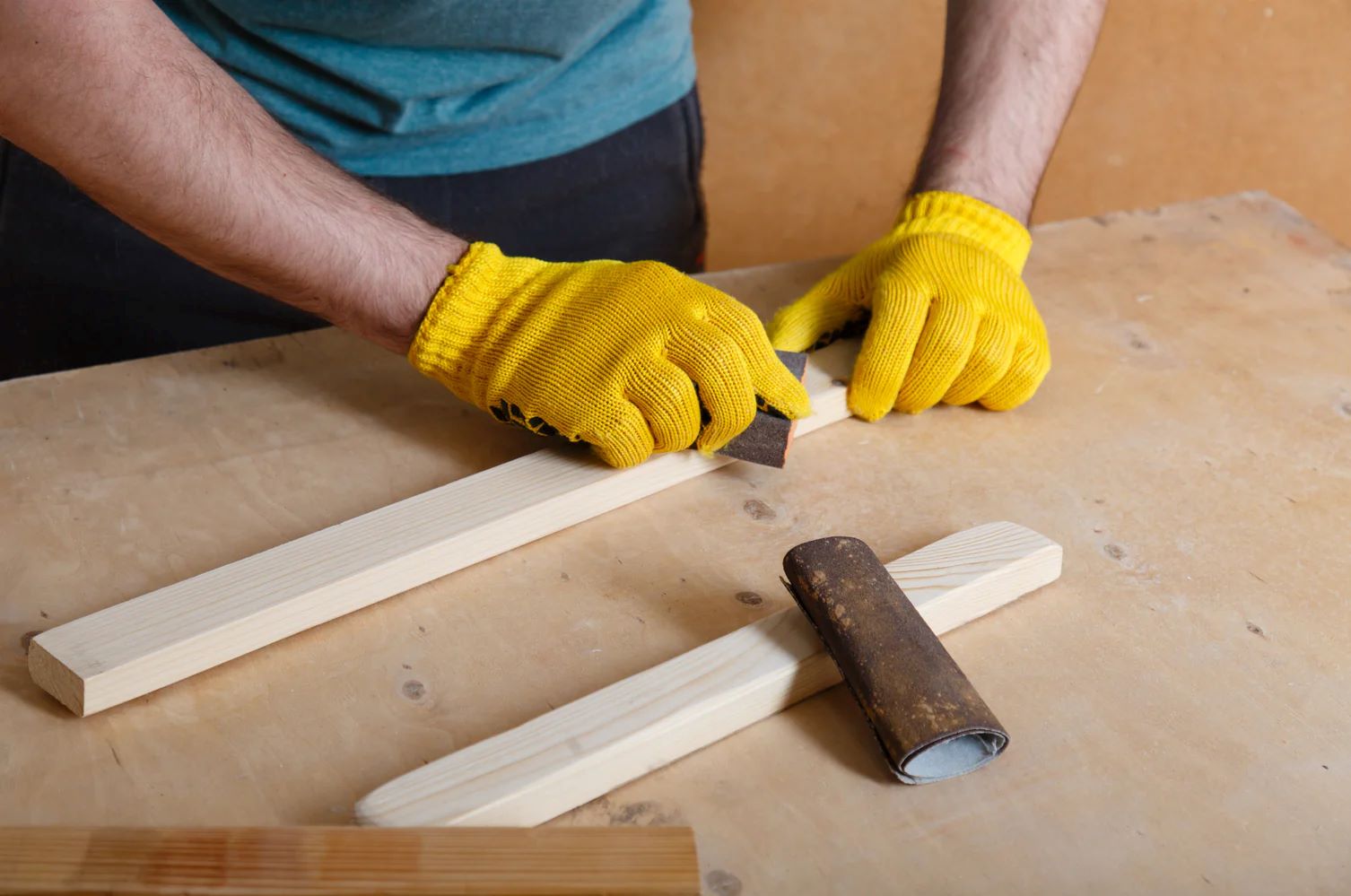
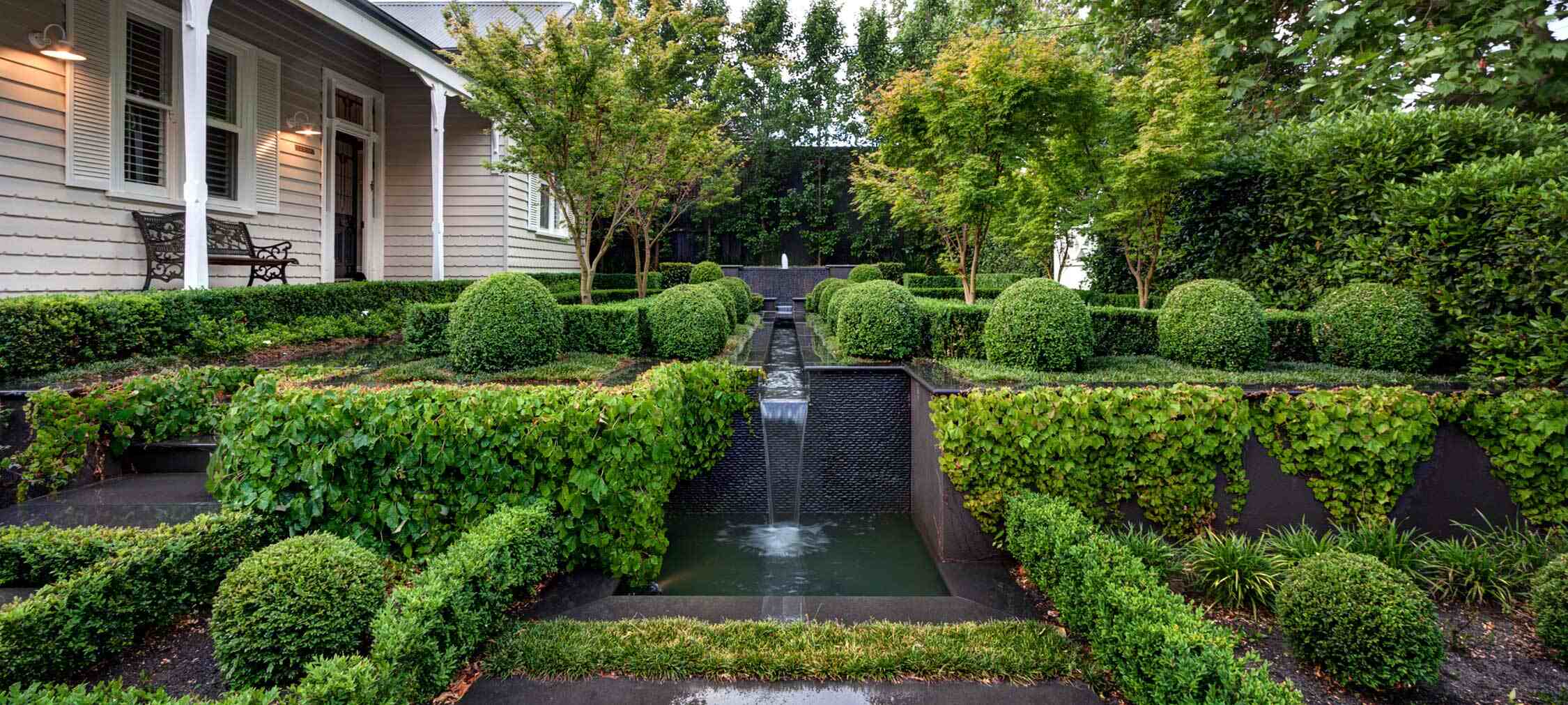


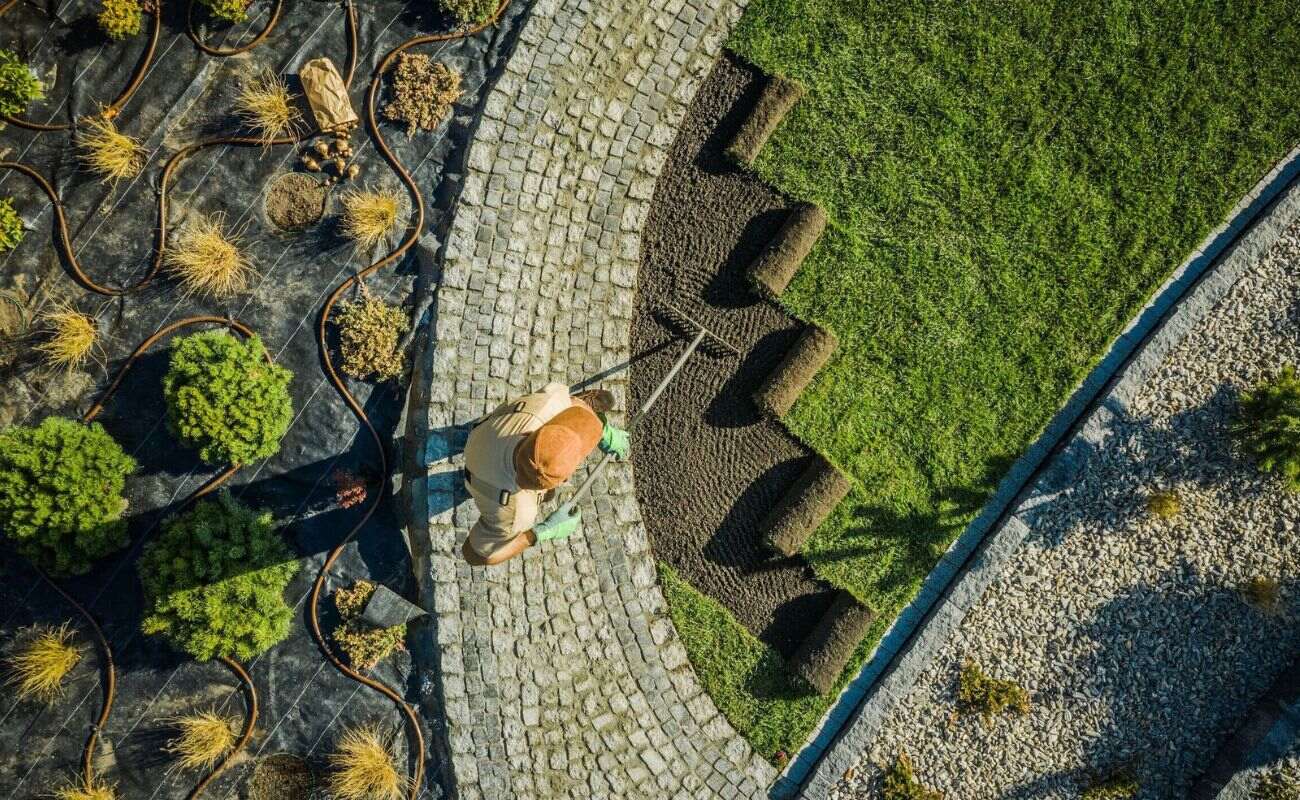


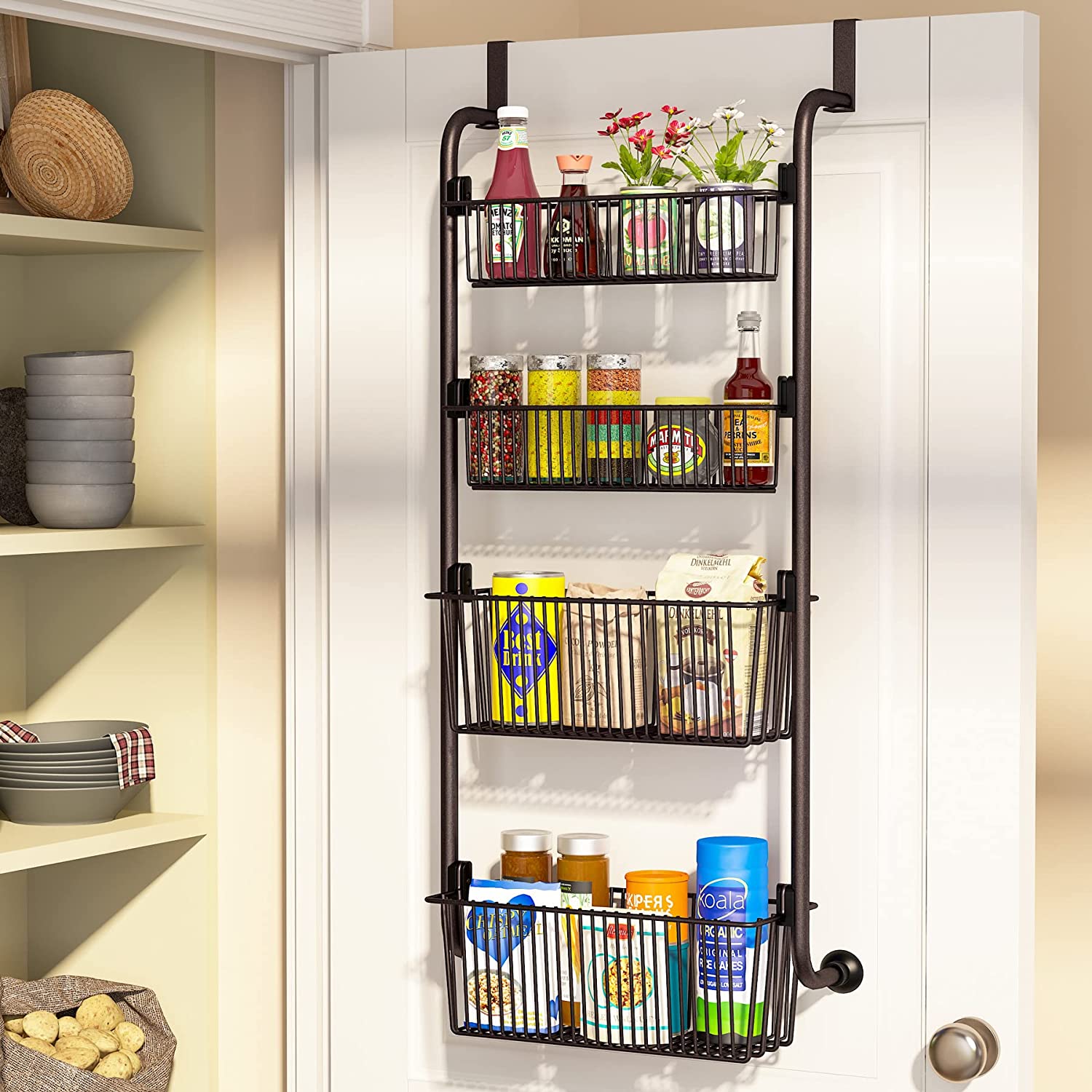
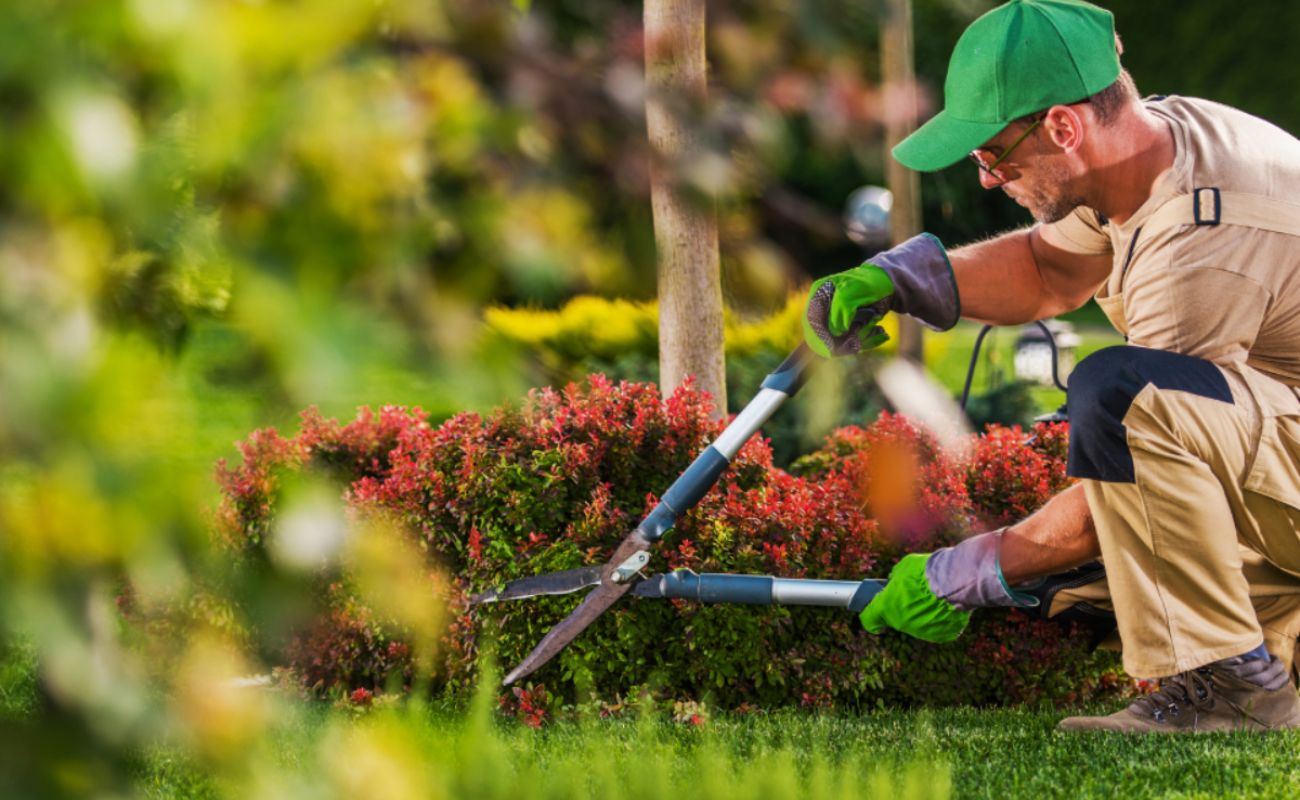
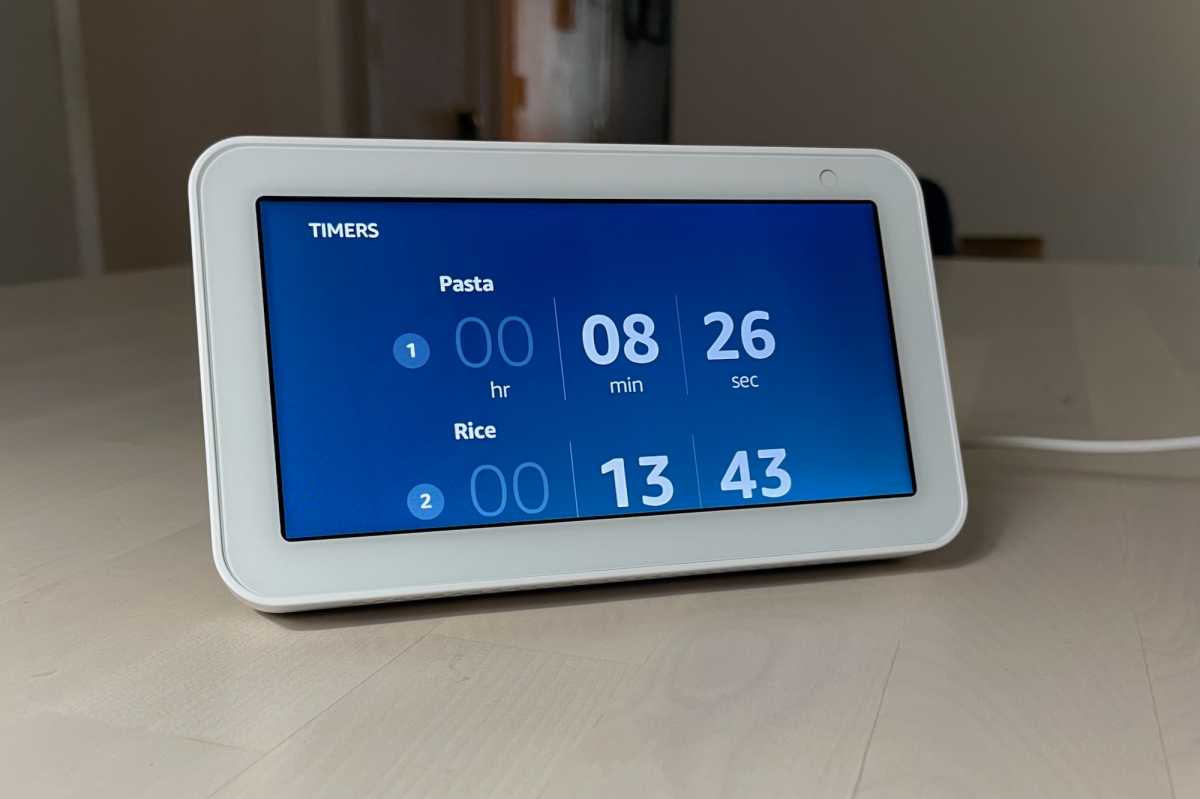
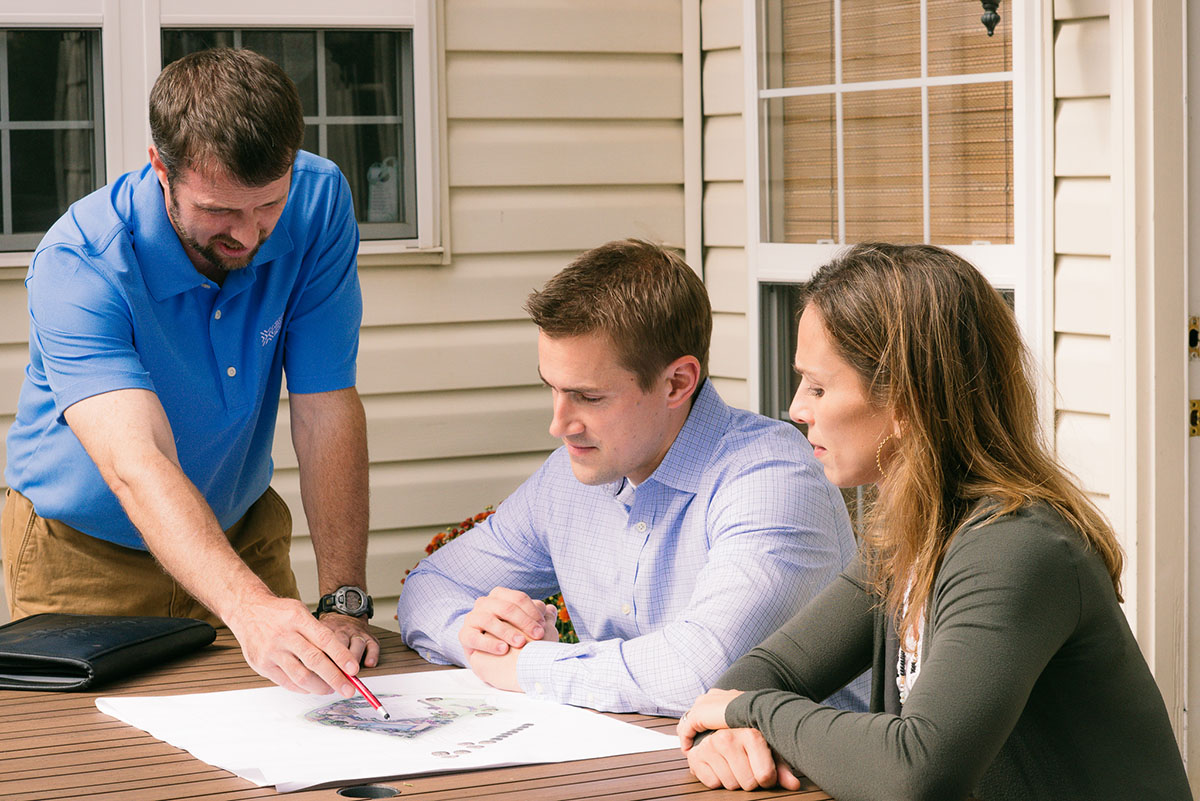

0 thoughts on “Freelance Landscape Design – How To Get Started”